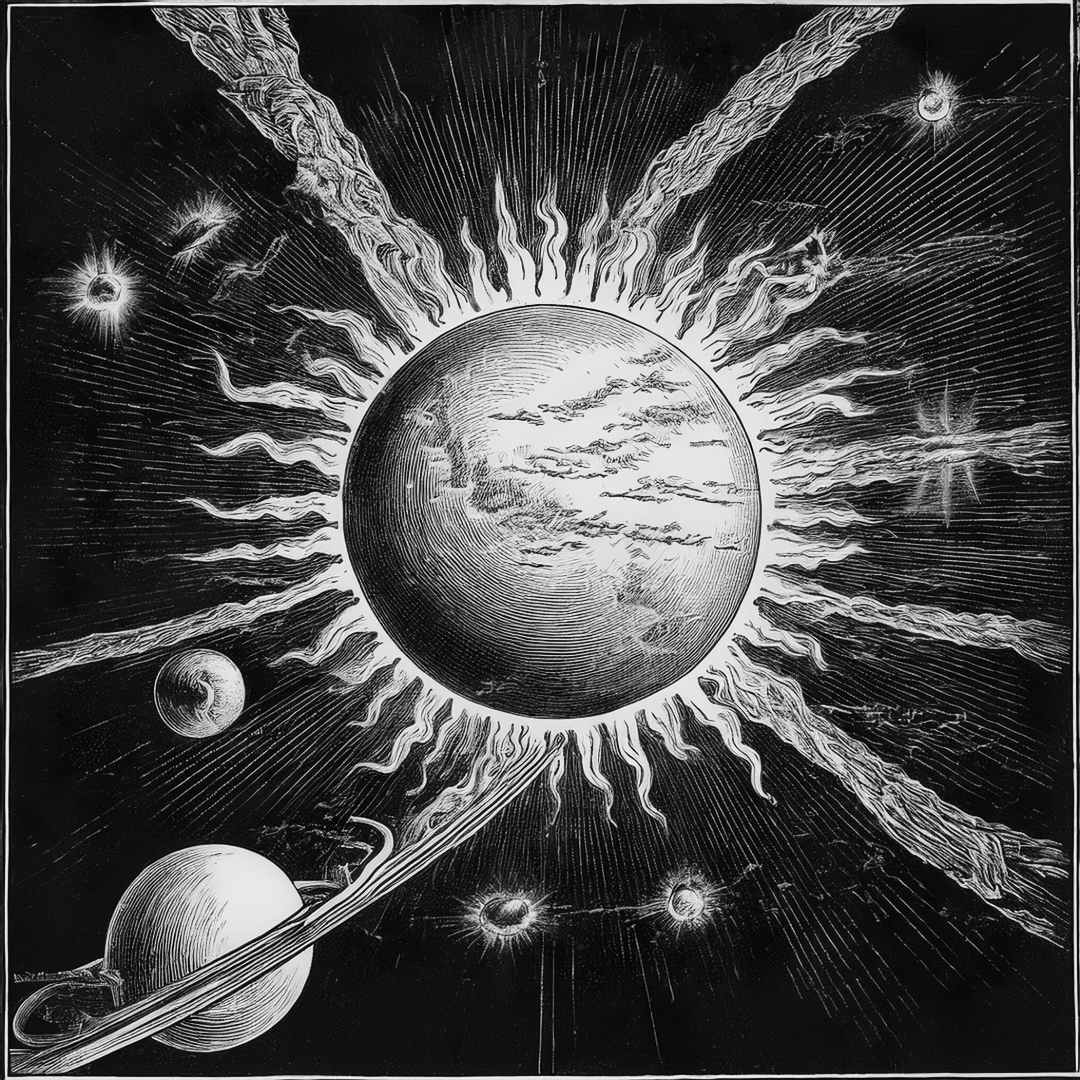BIRMINGHAM, Ala. — A rare and potentially severe geomagnetic storm is currently impacting Earth, with effects reaching as far south as Alabama, officials report. The storm, triggered by a recent series of solar eruptions, began early Friday and may persist into the weekend, according to the National Oceanic and Atmospheric Administration (NOAA).
The Space Weather Prediction Center, a division of NOAA, has issued a G4-level warning, classifying this as a severe geomagnetic event. The storm’s effects are already being felt globally, with increased auroras visible in northern regions and potential impacts on satellites, navigation, and power grids across North America.
One of the most exciting effects of this solar storm for Alabama residents could be the chance to witness an aurora, typically seen only in polar regions. If skies are clear, observers in parts of Alabama and nearby states might catch a glimpse of the northern lights—a rare sight this far south.
While the auroras may be a visual delight, the storm poses significant risks to modern technology. Alabama’s reliance on GPS navigation, radio communications, and satellite services—all potentially disrupted by geomagnetic interference—raises concerns about the broader impact on critical systems, including aviation and emergency response operations.
This is one of the strongest solar storms in recent years, with officials warning of potential blackouts for power grids, a particular worry given the interconnected infrastructure that spans across state lines. Past severe storms have triggered outages, as in the 1989 event in Quebec, Canada, where millions were left without power due to similar solar interference.
Experts say the increasing frequency and intensity of these storms underscore a larger issue: the vulnerability of Alabama and other states to space weather. With our growing dependence on satellite communications and GPS for everything from farming to healthcare, geomagnetic storms like this are serious reminders of the risks.
For Alabama, where recent hurricanes have already stressed power resources, the timing of the geomagnetic event could exacerbate energy concerns. NOAA and local officials are working together to monitor the storm’s progress and issue real-time updates on any new disruptions.
NOAA advises residents and businesses to stay updated via its website and social media for real-time alerts. While most households may not notice significant effects, officials recommend charging essential devices, preparing for potential internet or service interruptions, and avoiding unnecessary air travel until the storm subsides.
As Alabama watches the skies for a rare light display, the geomagnetic storm serves as a reminder of the complex and often unseen interactions between space weather and modern technology—a frontier where solar winds may have lasting impacts closer to home than most would imagine.

